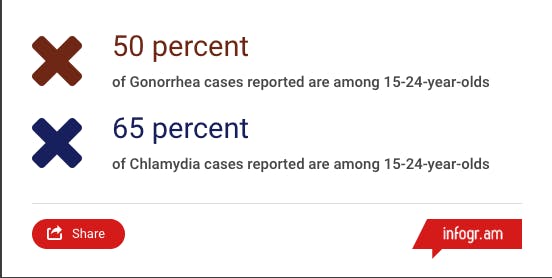Every year, the U.S. government and specifically the Centers for Disease Control and Prevention, or CDC, spends an average of $16 billion to treat sexually transmitted diseases, half of them in patients between 15 and 24 years old, according to a 2015 report by the CDC.
One option to decrease the amount spent to treat STDs is to increase the number of protection options, such as condoms.
How certain condoms get in the hands of the young adults is a science. Doctoral student Juan Mundel is beginning his study on how condom advertisements that involve a fear factor affect the likelihood of the condom brand being purchased.
“The use of fear appeal has been shown to have a powerful influence on consumer behavior,” Mundel said.
Mundel said the motivation for this study is derived from a previous study he did, which focused on how likely gay men are to use condoms. He and his colleagues were interested in what techniques advertisers used and which were most effective.
Those advertisements with high fear were the most effective in encouraging condom use among the gay men surveyed, Mundel said.
The reason for this, Mundel said, is because advertisers want to create a fear in consumers that if they don’t buy their product, they could be in harm's way, Mundel said.
“Basically there’s this threshold of fear that advertisers try to reach,” he said. “If it’s too high people deny the threat and deny the advertisement, if it’s too low they don’t pay attention. You want to find the perfect degree of fear in advertisements.”
Lyman Briggs College sophomore Paul Schultz said he thinks condom advertisements do affect the way people buy condoms, but not necessarily himself.
“They (portray) a really hot girl … everyone is skinny, they’re always having fun, they’re always caught up in the moment,” Schultz said. “They try to appeal to the typical male fantasy.”
However, fisheries and wildlife sophomore Garrett Knowlton said he doesn't think condom advertisements affect what brand people use.
"I just stick with one thing," Knowlton said. "It hasn't failed."
The threshold of fear is backed up by several other studies that show how fear can “facilitate the attachment” to a certain brand, such as a study by JoAndrea Hoegg and Lea Dunn in which they paired Pepsi and rollercoasters, Mundel said.
“They found that since the Pepsi was around the consumers and they were experiencing fear, they developed an attachment to the brand,” he said.
With this in mind, Mundel said he hopes his study helps health centers.
"Normally when you go to ... someone who has free condoms for you to take back home, there's (unbranded) condoms that they buy in bulk," he said.
But Mundel said that doesn't mean this will help businesses with branded condoms spend enough money in advertisements with fear in them.
Support student media!
Please consider donating to The State News and help fund the future of journalism.
"Maybe when they give you counseling and there's a brand present with them ... we can replicate ... commercial success for those brands," Mundel said. "For actually making people take condoms back home with them, rather than ignore them or distrust unbranded condoms because they don't know if they're of good quality."
Discussion
Share and discuss “MSU doctoral student begins study on fear and condom brand attachment” on social media.







